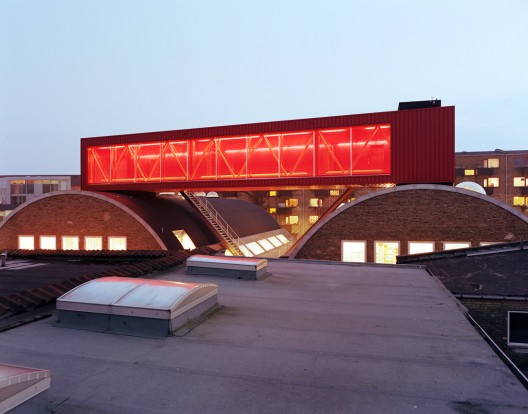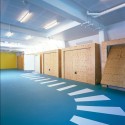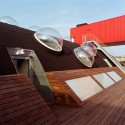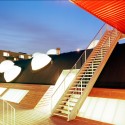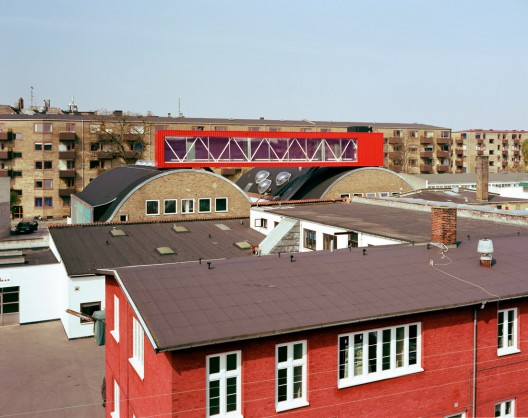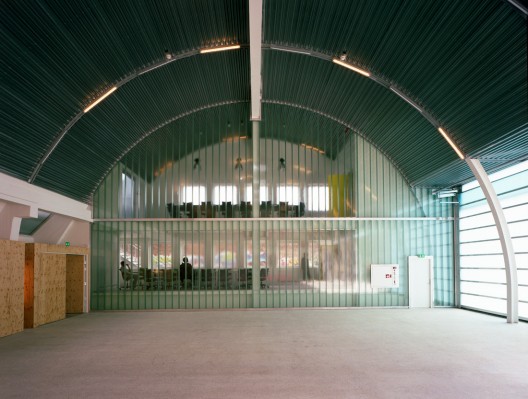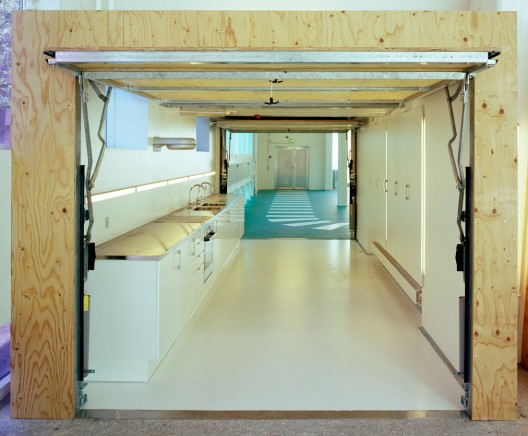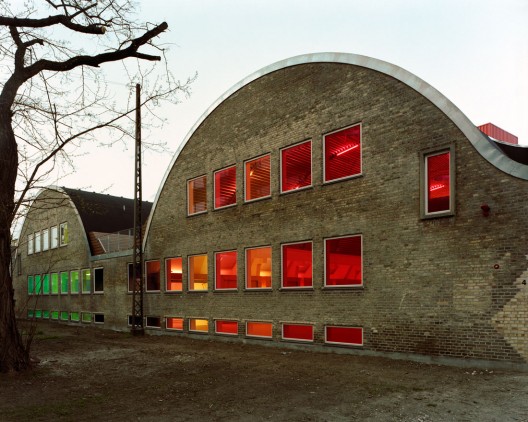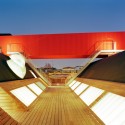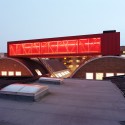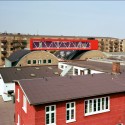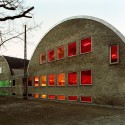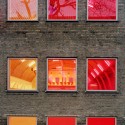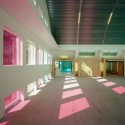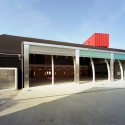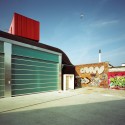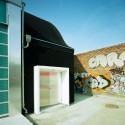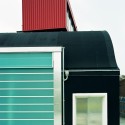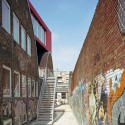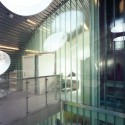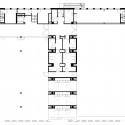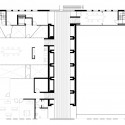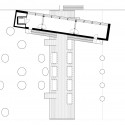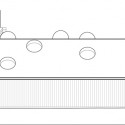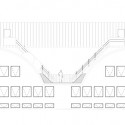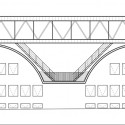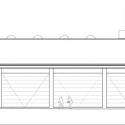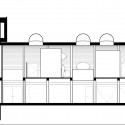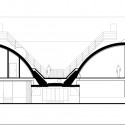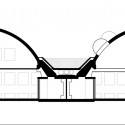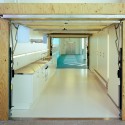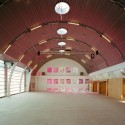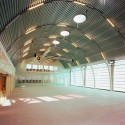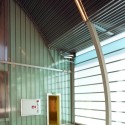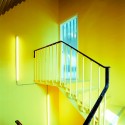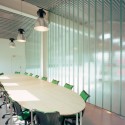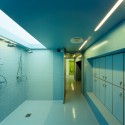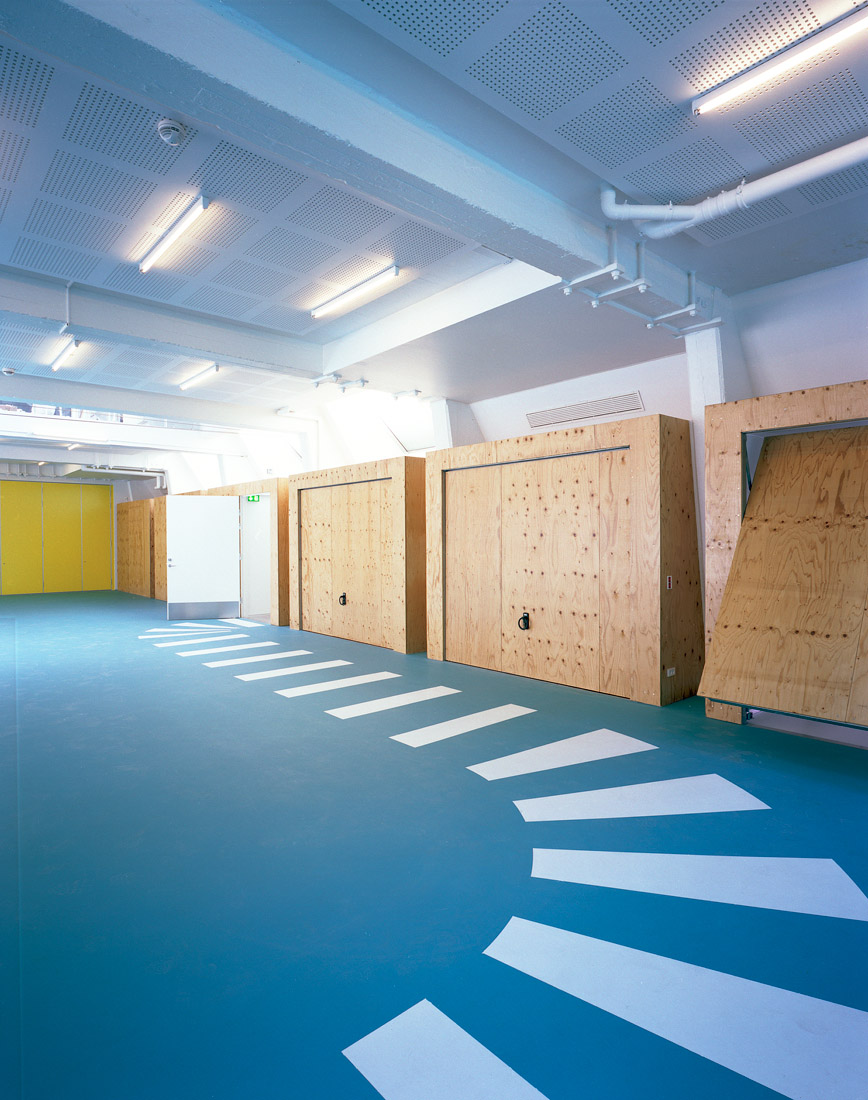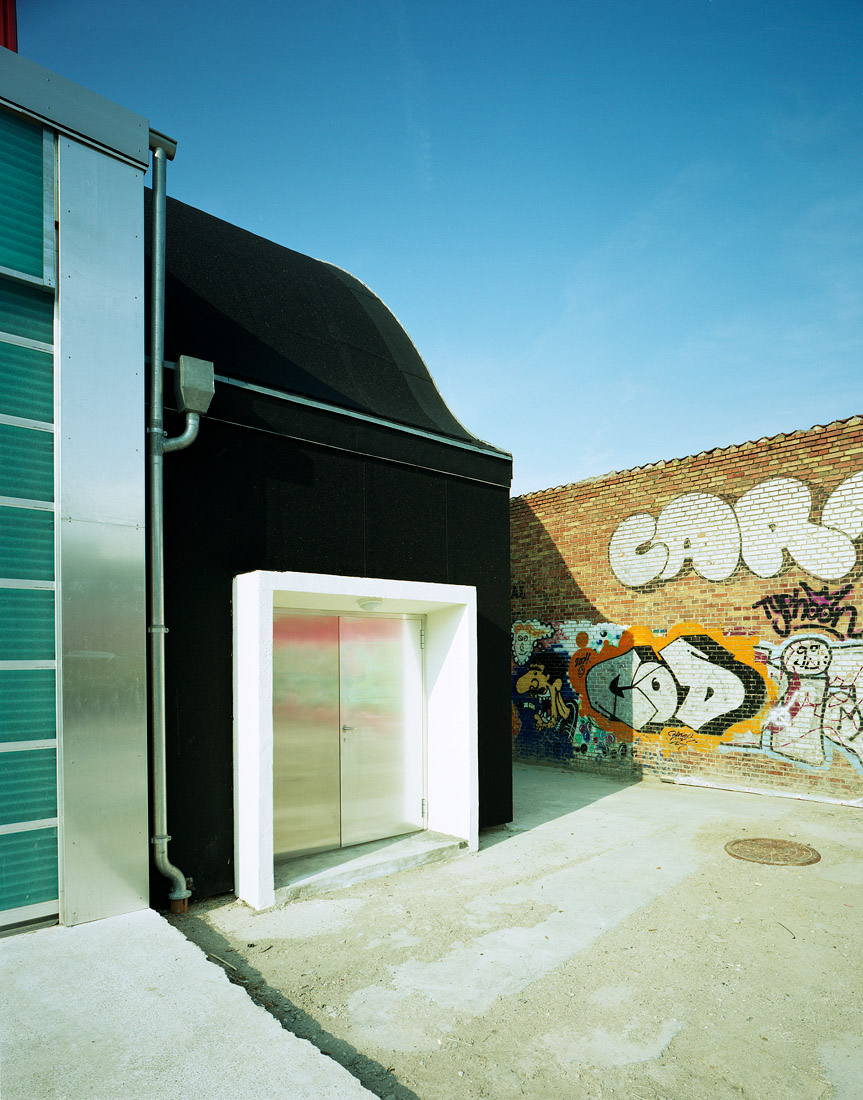
Nokia’s blog, Nokia Conversations, reports on a few of the keynote presentations: Nokia’s vision of the future The opportunities for the future Some other presentation downloads:
The third edition of Nokia’s The Way We Live Next conference took place yesterday in Espoo, Finland.
by Heikki Norta, Nokia’s Head of Corporate Strategy
Smart ecosystems sits at the centre of our mobile life five years from now. That’s what Nokia’s head of corporate strategy Heikki Norta outlined this morning when he talked about what life will be like in 2015. During a short video, we saw how a combination of devices and services worked together to de-clutter life. This comes from a background that’s seeing the relationship between consumers and brands evolve from a monologue right now through a conversation and into a continuos relationship. The idea is simply to help users manage their lives better and enable them to create, share and get the most out of life.
- Read more
- Download presentation
by Oskar Korkman, Nokia’s Head of Opportunity Identification in Consumer & Customer Insights
Trend research plays a key role in understanding what’s going to happen in the future. Creating an understanding of how people’s needs are changing and evolving helps create a clearer idea of where the opportunity for next generation products and services. Oskar Korkman is head of opportunity identification in consumer insights at Nokia and today he shared some of his thoughts for how we’re going to evolve. For Oskar, it’s all about relationships, with everything from strangers to plants firmly in his sights.
- Read more
- Multiplying our efforts by Henry Tirri, SVP, Head of Nokia Research Center
- Communities creating Computers – Computers connecting Communities by Peter Schneider, Head of Technology Marketing, Maemo Devices, Nokia
- Communities of the Future by Purnima Kochikar, VP, Head of Forum Nokia & Developer Community
- Go mobile with cash by Teppo Paavola, VP, General Manager of Mobile Financial Services, Nokia
See also this article in Wired UK.


























